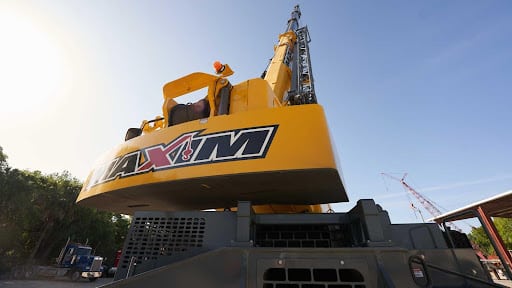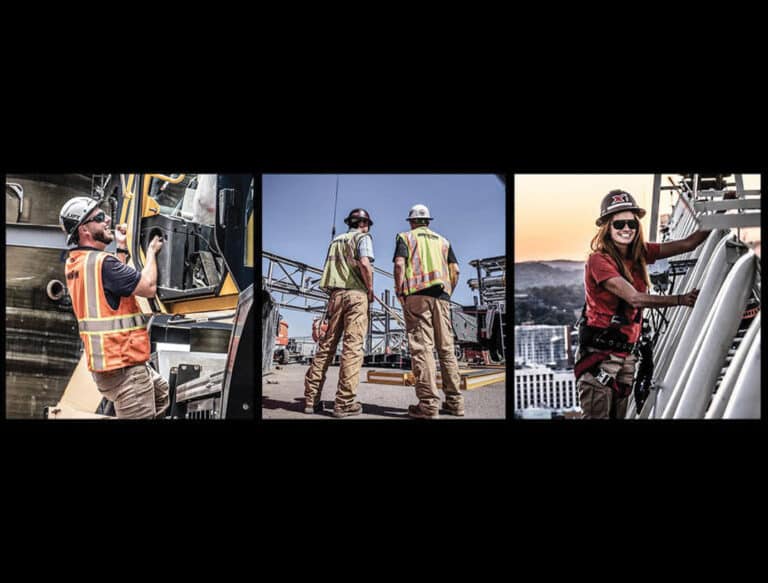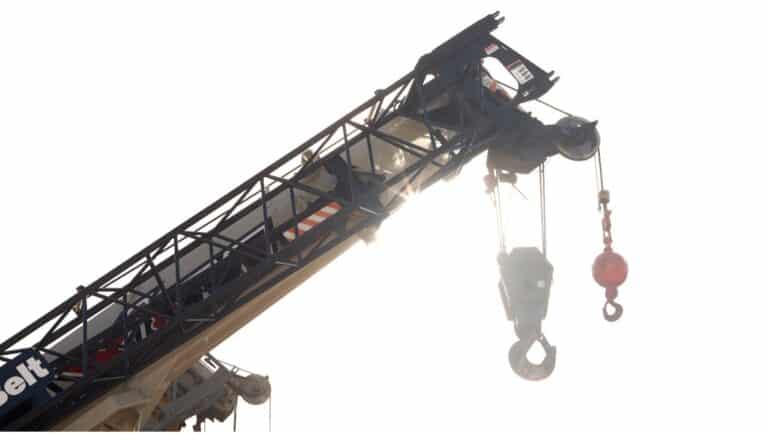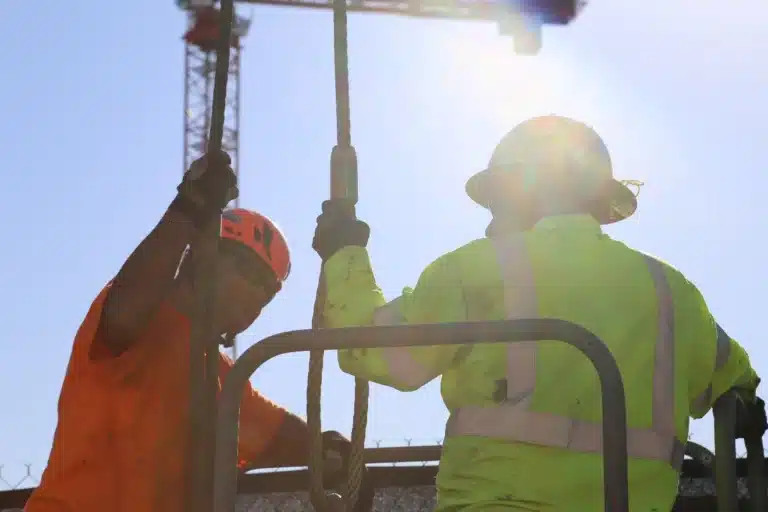
Essential Tips for Choosing a Reputable Crane Rental Company
Selecting a reputable heavy lifting provider is a crucial step in supporting the overall success of your construction or industrial project. With the right partner,

Selecting a reputable heavy lifting provider is a crucial step in supporting the overall success of your construction or industrial project. With the right partner,

Crane rentals are essential for construction, infrastructure, and industrial projects, allowing contractors and businesses to manage heavy lifting tasks effectively. These projects, often sizable in

Cranes are indispensable for industrial construction projects, infrastructure projects, and commercial construction projects. They offer the strength and reliability needed to lift heavy loads and

Moving exceptionally large and heavy components—often referred to as mega transport or super-heavy hauling—is a complex logistical puzzle demanding meticulous planning across several fronts. While

Four short videos and one article in honor of Construction Safety Week 2025 share Maxim Crane’s relentless pursuit of greatness in safety.

Buying a crane is a significant investment for most companies. Quality used cranes for sale can be a money-saving option, but many companies avoid them

When it comes to large-scale construction, industrial ventures, or infrastructure initiatives, heavy lifting solutions are pivotal. Renting a crane often emerges as a practical and

Crane lifting capacity is a critical factor in the success of construction and industrial projects, whether erecting skyscrapers or completing infrastructure. By understanding the specific

Coming off a year with a company-record Total Recordable Incident Rate (TRIR), Maxim still refuses to take its foot off the gas when it comes

Renting a crane offers many advantages for construction, industrial, and infrastructure projects. It can help cut down on capital expenses, provide access to specialized equipment,

Precision planning meets heavy lifting. Last year, Maxim Crane’s in-house engineering team developed a comprehensive lift plan to safely re-install the Pathfinder shuttle replica onto its rocket boosters.

In the world of heavy lifting and crane operations, rigging equipment is the cornerstone of successful construction and industrial projects. The right rigging equipment not
(877-629-5438)
(877-629-5438)
Maxim Crane is a coast-to-coast crane rental company specializing in crane rental and lifting services.
All Media inquiries should be made to the Maxim Crane Works Media Inquiry Hotline at 412-500-9029.
(877-629-5438)
Across the United States
Find the right equipment
See our inventory of used equipment.
